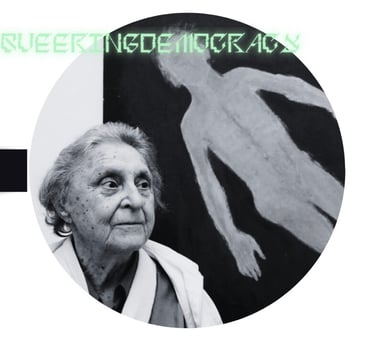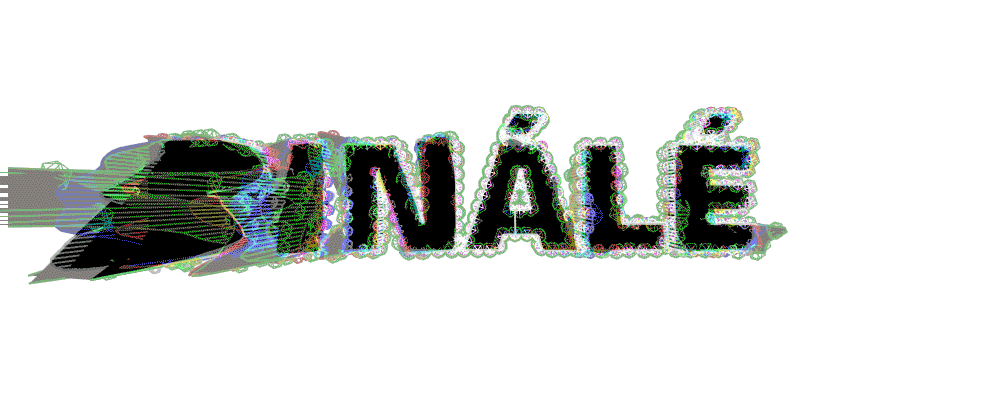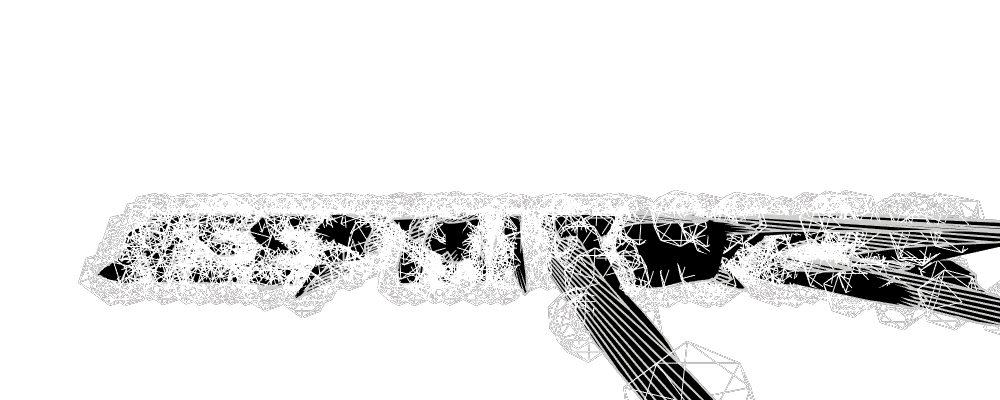JUDIT REIGL
Judit Reigl, a Hungarian-born French artist, was one of the most significant figures in European art of the postwar era.
She was born in Kapuvár, Hungary, in 1923. Determined to leave communist Hungary after seven failed attempts, Reigl crossed the Iron Curtain in March 1950 and arrived in Paris a few months later. She was introduced to André Breton in 1954, who offered her a show at the Galerie L’Etoile Scellée. In 1963 Reigl moved to live and work in Marcoussis, a small village southwest of Paris, with Betty Anderson, a young English artist whom she had met on a student trip to Italy in 1947. They remained life partners until Anderson died in 2007. Reigl is recognized as one of the most original artistic figures to have emerged in Europe after World War II. She was, in her own characteristically defiant words, “a woman painter who, for many, paints like a man.” Reigl disregarded the boundaries that prevailed within the avant-garde, obliterating the unitary surface of Modernism by painting on both sides of the canvas and ignoring the presumed antagonism between the non-objective and the figurative.
With their last film portraying the late Judit Reigl by Dimitry Rozin and János Gát, we celebrate Reigl’s life achievement and one hundredth anniversary together with solo exhibitions presented at the Hungarian Museum of Fine Arts and the Neue Nationalgalerie in Berlin.
“THE LAST MOVIE”
2022
4:06
portréfilm
Judit Reigl, a significant postwar European artist, would have turned 100 this year. Reigl pushed the boundaries of the avant-garde by blurring the line between non-objective and figurative art and painting. To celebrate her life and achievements, a film by Dimitry Rozin and János Gát portrays the late artist, coinciding with solo exhibitions at the Hungarian Museum of Fine Arts and the Neue Nationalgalerie in Berlin.



